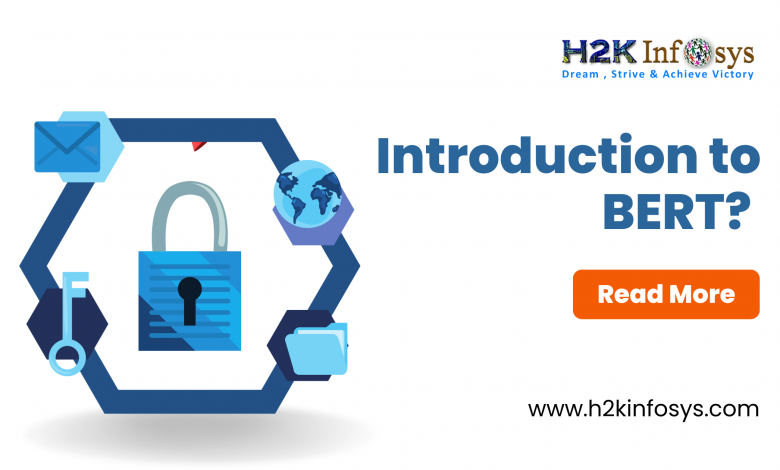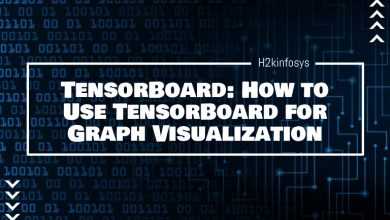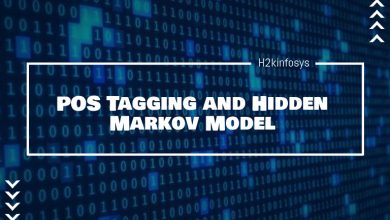Introduction to BERT?

Rarely do scientific discoveries occur in a vacuum. Rather, they frequently represent the intermediate rung on a stairway constructed from the body of human knowledge. In order to comprehend the popularity of large language models (LLMs) like ChatGPT and Google Bart, it is necessary to revisit Introduction to BERT.
2018 saw the development of BERT, one of the earliest LLMs, by Google researchers. Thanks to its astounding performance, it quickly spread like wildfire across NLP tasks such as named entity recognition, question-and-answer, and general language understanding.
It’s reasonable to argue that the generative AI revolution we are currently seeing was made possible by BERT. Even though BERT was among the original LLMs, it is still frequently used today, with thousands of free, open-source, and pre-trained models available for various use cases, including poisonous comment identification, clinical note analysis, and sentiment analysis.
Concerned about BERT? Continue reading to learn about BER’s architecture, how the technology functions within it, some of its practical uses, and its drawbacks. To learn more, check out the Artificial Intelligence online training.
What is BERT?
Bidirectional Encoder Representations from Transformers, or BERT, is an open-source concept that Google created in 2018. The goal of the ambitious experiment was to evaluate the effectiveness of Google researchers’ novel neural architecture, known as the “transformer,” on natural language processing (NLP) tasks. The transformer was first introduced in the well-known paper Attention is All You Need in 2017.
The transformer architecture of BERT is essential to its success. It was incredibly difficult to simulate natural language before Transformers came into play. Even with the development of more complex neural networks (specifically, convolutional or recurrent neural networks) the outcomes were only moderately effective.
The neural network process utilized to detect the missing word in a phrase presents the greatest challenge. Back then, the state-of-the-art neural networks relied on an encoder-decoder architecture, which is an inefficient mechanism for parallel computing that is powerful but requires a lot of time and resources.
As discussed in the next part, Google researchers created the transformer, a novel brain design based on the attention mechanism, with these difficulties in mind.
How Does BERT Work?
Let’s examine BERT’s operation, including the technology underlying the model, its training procedure, and its data processing.
- Core architecture and functionality
Sequential computation is used by recurrent and convolutional neural networks to produce predictions. That is, after being trained on enormous datasets, they can forecast which word will come next in a list of provided terms. They were regarded as context-free or unidirectional algorithms in that regard.
Transformer-powered models, on the other hand, are bidirectional since they anticipate words based on both the words that come before and after them. These models, like BERT, are likewise built on the encoder-decoder architecture. The self-attention mechanism, a layer present in both the encoder and the decoder, is responsible for doing this. Capturing the contextual connections that exist between various words in the input sentence is the aim of the attention layer.
Although there are several pre-trained BERT versions available now, Google trained two versions of BERT—BERTbase and BERTlarge—using various neural architectures in the initial research. Essentially, 24 transformer layers, 16 attention layers, and 340 million parameters were employed in the development of BERTlarge, compared to 12 attention layers, 12 transformer layers, and 110 million parameters in BERTbase. In accuracy testing, BERTlarge fared better than its tiny brother, as predicted.
- Pre-training and fine-tuning
After a laborious and costly procedure (that only a select few organizations, including Google, can afford), transformers are trained from the beginning on a massive corpus of data.
BERT underwent four days of pre-training on Google BooksCorpus (about 800M words) and Wikipedia (about 2.5B words). This enables the model to learn numerous additional languages from around the world in addition to English.
Google created a new technology, known as the TPU (Tensor Processing Unit), especially for machine learning activities, to optimize the training process.
Google researchers separated the (pre)training phase from the fine-tuning phase using transfer learning techniques to prevent needless and expensive interactions in the training process. This enables programmers to select pre-trained models, improve the target task’s input-output pair data, and retrain the pre-trained model’s head using domain-specific data. Because of this characteristic, LLMs such as BERT serve as the basis for countless applications that may be constructed upon them.
The role of Masked Language Modelling in BERT’s processing
The attention mechanism is essential to accomplishing bidirectional learning in BERT (and any transformer-based LLM). Masked language modelling serves as the foundation for this system (MLM). This method increases the likelihood that the model will correctly anticipate the masked word by making it assess the remaining words in the phrase from both sides when a word is hidden. Because MLM is predicated on methods that have already been tested in the realm of computer vision, it works well for jobs that call for a thorough contextual comprehension of a given sequence.
The first LLM to use this method was BERT. Specifically, during training, 15% of the tokenized words were randomly masked. The outcome demonstrates that BERT was highly accurate in predicting the hidden words.
Conclusion Check out the Artificial intelligence online course to learn more about the BERT models.





